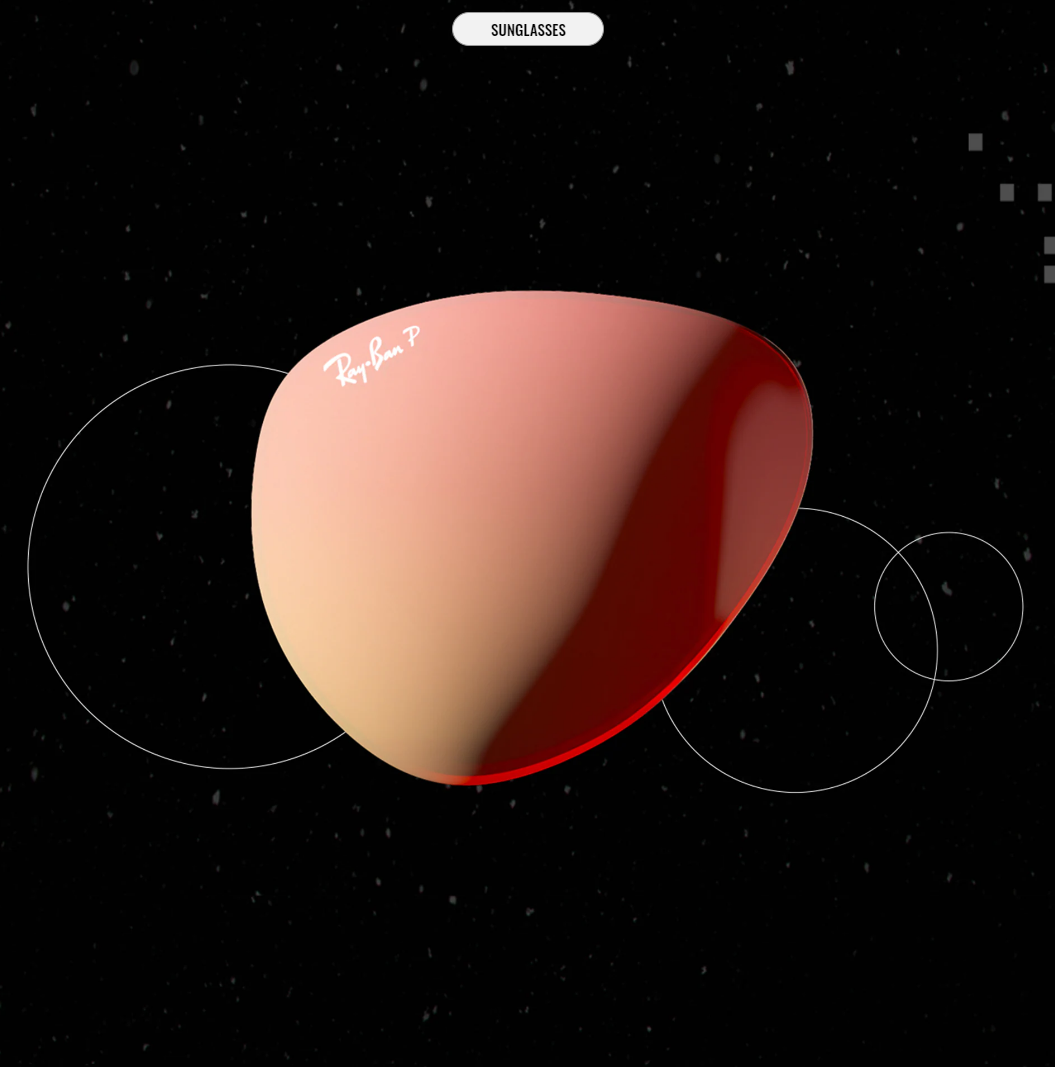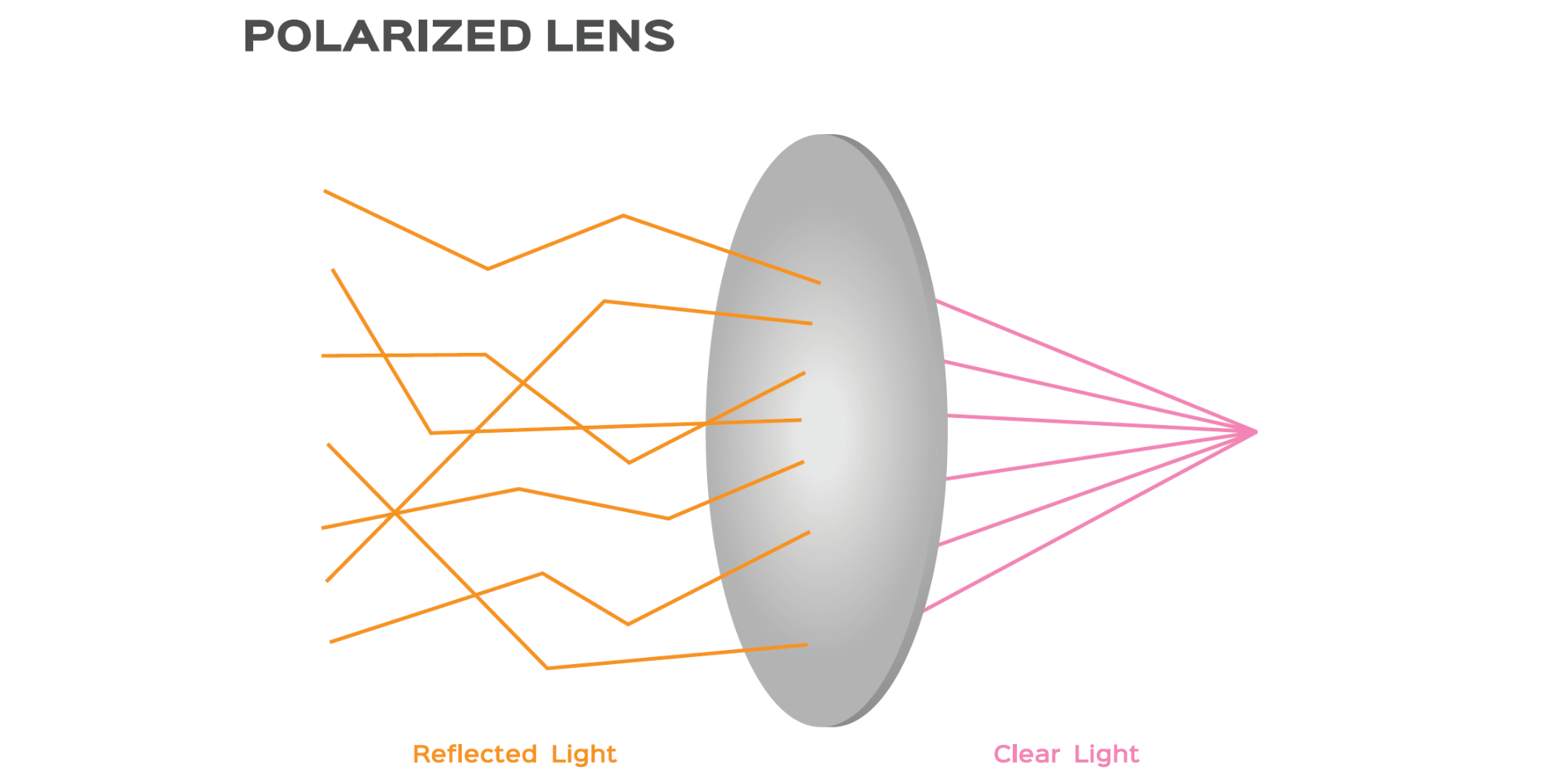
Polarized Lenses vs Non Polarized Lenses Which is Better
Written By Mitchell Gantman Optician
Are you looking for a new pair of sunglasses to protect your eyes from the sun’s harsh rays and improve your vision, but don't know which type of lenses to choose? Do you know what polarized and non-polarized options are available, and their advantages or disadvantages? Whether it's for driving during sunny days or just enjoying some outdoor fun, our guide will help you pick the ideal lens choice so that you can get outside and stay shaded in style. Read on to learn more about polarized versus non-polarized sunglasses!
Definition and Differences of Polarized Sunglasses and Non-Polarized Sunglasses

Polarized Sunglasses vs. Non-Polarized Sunglasses work
Non-Polarized Glasses use basic lenses that cut down on the amount of light be transmitted. They block 100% of harmful UV rays and reduce some glare on a reflective surface, but they don't eliminate it entirely. Furthermore, non-polarized sunglasses can distort colors and images because they allow some light to pass through them in all directions.
Wearing Polarized lenses, on the other hand, are specifically designed to reduce glare by blocking out horizontal light waves. These types of light waves can be especially intense in certain environments such as when there is water (like a lake or ocean) reflecting sunlight back at you from above. When light passes through a polarized lens, it is blocked out if it is horizontally polarized; only vertically polarized light passes through the lens to reach your eyes. This helps reduce glare and improve visibility, making it easier to see clearly regardless of the environment around you.

Limitations of Non-Polarized Sunglasses
Non-polarized sunglasses offer some protection against harmful UV rays but they do not provide enough protection against glare and reflected sunlight which can cause eye strain and fatigue over time. Additionally, non-polarized sunglasses tend to distort colors which can make it difficult to accurately judge distances or read signs while outdoors on bright days or near bodies of water.
The Benefits of Wearing Polarized Sunglasses

Polarized sunglasses offer a variety of benefits for anyone who spends time outdoors. Not only does wearing polarized lenses reduce glare and enhance color contrast, but they also reduce eye strain and provide improved visibility in bright conditions such as when driving, fishing, or skiing.
Polarized Sunglasses can even help prevent headaches caused by staring at a bright surface for too long - perfect for days on the beach or at the pool!
Drawbacks of Polarized Sunglasses
Reduced Visibility in Certain Situations Polarized sunglasses can block out a lot of glare from surfaces like water or snow, but they can also reduce visibility in certain situations.
For example, when driving on wet roads or snow banks at a slant, the angle of the light reflects off the road differently than normal. With polarized sunglasses, this could cause visibility to be reduced because the lens blocks out some of the light reflecting off the road at an angle.
Distortion on LCD Screens. Polarized sunglasses may also cause distortions on LCD screens such as computer monitors or cell phone screens. This is because these screens produce both horizontal and vertical polarized light waves which are blocked by polarized lenses.
Higher Cost. Lastly, one potential drawback of polarized glasses is that they tend to cost more than non-polarized ones due to their added functionality and benefits. While there is nothing wrong with paying extra for something that adds value to your life.
How can you test your sunglasses to see if they are polarized?
Test #1: The LCD Screen Test
The first test is the LCD screen test. For this one, all you need is a computer or laptop with an LCD monitor — the type of display that’s used in most modern devices. To start the test, put on your sunglasses and look at the LCD monitor from different angles.
If your sunglasses are polarized, they should darken the display as you turn them at different angles. If they don’t darken the display at all, then they aren’t polarized.
Test #2: The Smartphone Test
The last test is probably the easiest — it requires nothing more than your smartphone and our free Polaroid Checker app (available on iOS and Android). Just download our app, open it up, and hold your phone up with your sunglasses on.
If they are polarized, then you will see an X appear as soon as they dim out part of the image on-screen (if no X appears after holding them up for several seconds, then unfortunately your sunglasses likely aren't polarized).
Non-Polarized Lenses
How Do Non-Polarized Lenses Work?
Non-polarized lenses work by blocking light directly coming from the sun. They don’t have any polarization filters, which means they don’t reduce reflections as much as polarized lenses do.
This can be beneficial in certain situations such as driving at night when you need to see more clearly on wet roads with reflections that could otherwise distort your vision.
Pros and Cons of Non-Polarized Lenses
The main benefit of non-polarized lenses is that they allow more light into your eyes, which can make them ideal for use when driving at night or in overcast weather conditions. However, these lenses won’t protect your eyes from reflections caused by water, snow, or ice as well as polarized lenses will.
Additionally, non-polarized lenses may not provide adequate protection against UV rays because more light can enter your eyes than with polarized lenses.
When To Wear Non-Polarized Lenses?
Rainy Days
Rain can cause glare from the water droplets bouncing off surfaces like pavement or car hoods. Polarized lenses can help reduce this glare, allowing you to see more clearly during those stormy days.
Driving in Bright Sunlight
The bright sunlight reflecting off of other cars, houses, and roads can make it difficult to see when driving. Polarization helps filter out this glare so you can focus on what’s ahead of you while driving in bright light.
Water Activities
If you’re spending time near the water, such as at the beach or on a boat, polarization helps reduce the sun’s reflection off of the surface of the water.
Snowy/Foggy Conditions
Snowy and foggy conditions can both cause glare which makes it difficult to see clearly. Polarization is especially useful here as it helps block out any excess light that could be causing distraction or discomfort.
Skiing/Snowboarding
Skiing and snowboarding often involve long periods spent in very bright sunlight while speeding down a mountain.
Factors to consider when choosing between polarized and non-polarized lenses
Personal Preferences
Your personal preferences should be a major factor in your decision. Polarized lenses offer better glare reduction, while non-polarized lenses provide less color distortion. If you prefer the look of slight color distortion and find that it makes colors appear more vibrant, then non-polarized may be the right option for you. On the other hand, if you prefer a sharp image with reduced glare, then polarized lenses may be a better fit.
Activities
The activities that you plan to participate in are also an important consideration when deciding between polarized and non-polarized lenses.
For example, anglers who spend long hours out on the water often find polarized lenses to be incredibly helpful in reducing glare from sun rays reflecting off of the water’s surface.
Budget
Finally, your budget should always be taken into account when shopping for sunglasses online. Generally speaking, polarized sunglasses tend to cost more than their non-polarized counterparts due to the added technology involved in creating them. This doesn’t necessarily mean that they are better than non-polarized options; it just means that they come with a higher price tag due to their advanced construction process.
Conclusion
As you can see, there are many differences between polarized and non-polarized lenses, and it is up to the individual to decide which one best fits their needs. Not only do these lenses improve vision clarity but they also protect our eyes from damaging UV rays. Our guide has hopefully equipped you with helpful information about the key differences between both lens types, as well as how to pick the perfect pair for your lifestyle. Ultimately, it boils down to what works best for you. Don't forget to consult with an eye care professional regarding personalized recommendations – happy shopping!
References
What Are Polarized Lenses For? (July 2021). American Academy of Ophthalmology.
What to Know About Polarized Lense (May 27, 2021). WebMD
What Do Polarized Lenses Do? (December 6, 2020). Mayo Clinic
